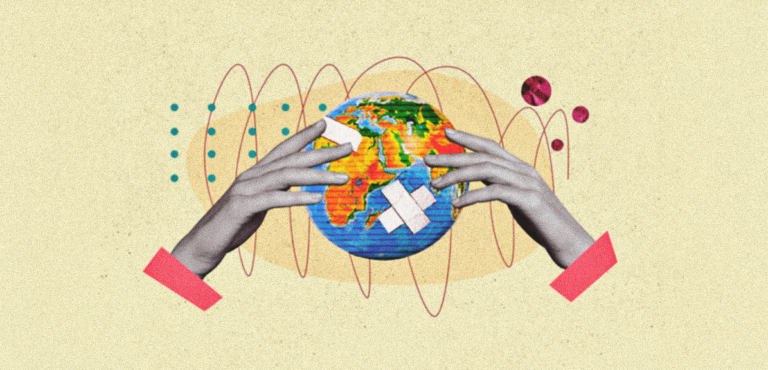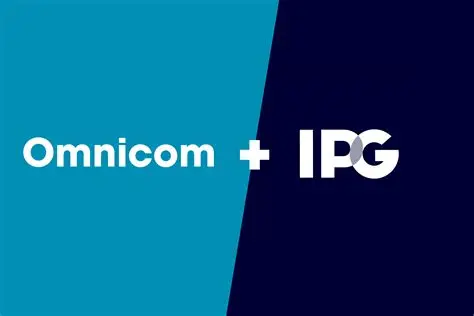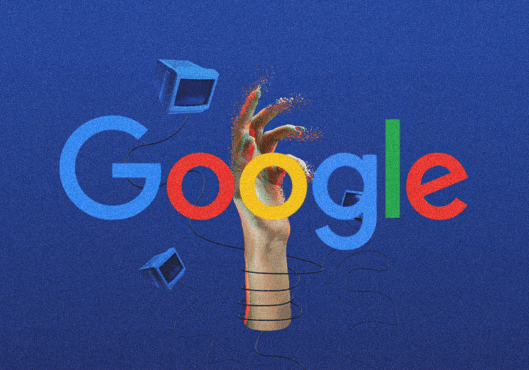
What Marketers Should Know About the Omnicom-IPG Merger
The advertising industry just had its mic-drop moment. The Omnicom-IPG merger, valued at approximately $13.5 billion, represents far more than just a headline. Rather, it represents a force that will reshape the very foundations upon which global agencies exist. For years, there has been conjecture about who would blink first in the race to scale. Now we have an answer, and it’s a big one.
However, it’s not over yet. This kind of merger rips the door from its hinges, not just closes it. All of a sudden, rival holding corporations, consulting firms, private equity firms, and tech-based disruptors are speculating about who will be the next to take the leap. There is no denying that this is more than simply a merger; it might lead the entire advertising sector into uncharted territory.
In this article, we will look at what the Omnicom-IPG merger really means, where the next wave of M&A might be coming from, and how brands, agencies and agnostic consultancies are recalibrating themselves for a future in which scale is not the king, but the entire realm.
A deal that rewrites the playbook
The Omnicom-IPG merger is not just another agency handshake; it represents a paradigm shift in global advertising. Here’s how the numbers stack up and why regulators will be watching like hawks.
The numbers behind the noise: The Omnicom-IPG merger creates the largest advertising network in the world, between the two companies that will generate revenue exceeding $25 billion. Omnicom shareholders represent ownership of about 60% of the new entity, leaving investors at IPG with about 40%. The companies claim $750 million in annual cost synergies, while improving leverage across media buying, analytics and digital commerce.
A deal approved by the FTC—with strings attached: Regulators have approved the merger—but with strings attached. The U.S Federal Trade Commission (FTC) approved the merger, with conditions that prohibit the combined group from directing ad spending based on political or ideological positions. This is the first time regulators have made such a move, and suggests that while agency amalgamations and mergers will continue to grow, the scrutiny from regulators will be maintained.
What does this merger mean?
The Omnicom-IPG merger is more than just two giants coming together; it is a reset in the rules of agency competition. Scale to talent wars, this merger will redefine how power, creativity, and data converge in today’s ad world.
Scale Is More than Size: Brands now demand integrated solutions determinants all the way from media to other creative solutions to CRM to commerce all as a streamlined singularity. Scale means something very different than just negotiating leverage—scale means being able to leverage data and AI so that they can move as quickly and intelligently as possible in delivering an effective campaign.
A Shock to Competitors: If you’re in a leadership position within WPP or Publicis, that’s not just the chatter of an industry shaking—it’s a shock to the system. These competitors are probably already thinking about counter actions, as acquisitions, creative partnerships, and sometimes just brazen moves to ensure they remain relevant.
Talent > Tech will be the Decider: Synergy and savings are worth talking about, but then culture clash and talent flight can kill off any well-intentioned merger before it takes off. Omnicom and IPG have the bandwidth to show their commitment and also to motivate creative teams who still feel valued while nascent teams and huge global operations become integrated.
Integration challenges: The human factor
It is not simply a matter of merging balance sheets when putting two global networks together, but it is about unifying cultures. Agencies are made up of people, relationships, and creative chemistry, and these intangibles do not always survive large-scale consolidation. If the leadership cannot preserve the human side of the business, talent drain and friction could erode some of the strengths the merger intends to leverage.
Clients will also be watching closely. Marketers want stability, not uncertainty, and any signs of service gaps, leadership shakeups, or slow decisions will push clients towards nimble independents or specialist shops who can provide them with more attention. Proving that bigger can still mean better will be a challenge for Omnicom and IPG.
What this means for brands
For major advertisers, the Omnicom-IPG merger represents the most powerful suite of capabilities ever offered—larger resources, merged platforms, and truly global capabilities all under one roof. Advertisers will have unified data ecosystems, full-service campaign management, and enhanced media buying abilities. However, there is a downside: fewer holding companies mean less competition, and clients may find it is easier to choose between similar-looking offerings instead of choosing between agencies with distinctly different capabilities.
“Consumers are overwhelmed, not underinformed. Brands win when they stop shouting and start being useful.”- Harvard Business Review, “Brand Relevance in the Age of Noise,”
If the giant is successful in achieving their vision, it could drive innovation throughout the advertising industry. The things we will likely see accelerate quickly are widespread adoption of AI-targeting, retail media networks and data-backed creative that will allow advertisers to run campaigns in a faster and more intelligent way. For larger enterprise brands, it will allow for unprecedented levels of efficiency and precision.
However, for smaller independent or niche agencies, it will be harder to keep pace with changes and distinguish themselves from global networks, and this could widen the gap between the big players and the small.
The way forward
The Omnicom-IPG merger isn’t a moment in history; it’s a glimpse into the future of the ad industry. As holding companies become larger organizations with technology-driven models, the landscape for brands will be driven by the large networks instead of a diversity of competitors.
The future agency relationship will be defined by speed, integration, and large-scale innovation. Partners that can blend the creative process with data and AI and commerce capability will dictate the speed and pace of change and force others to adapt or be left behind.
Cut to the chase
The Omnicom-IPG merger does not close the book on ad industry M&A—it opens a new one. Whether it’s WPP launching a bold countermove, Publicis enhancing its tech stack, or consultancies acquiring creative capabilities, consolidation will continue shifting the competition landscape. The question is not if another major deal is coming. The question is, who’s brave enough to go next before someone else makes it a necessity?



